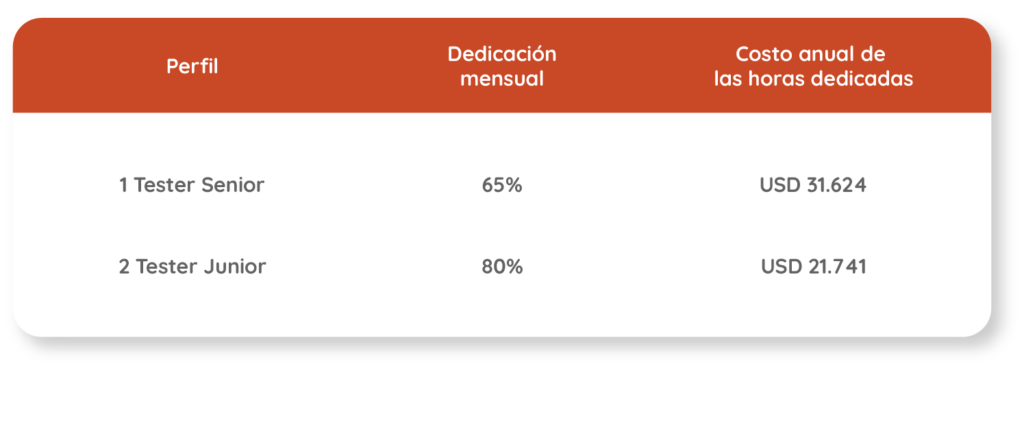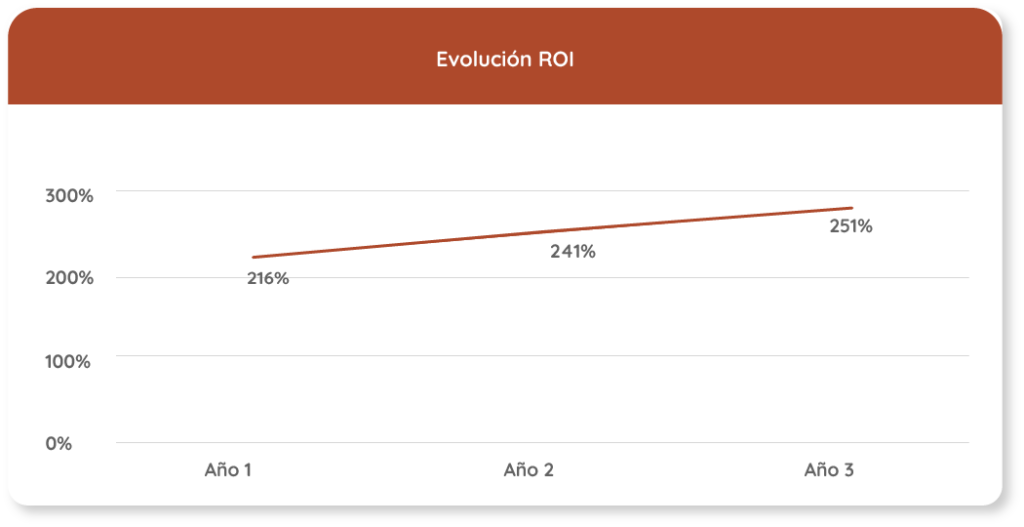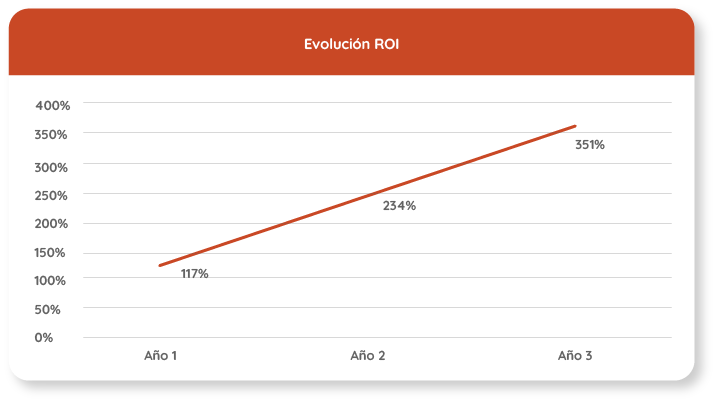Return on Investment
When we talk about automating software testing and digitizing processes, many companies say "I'll pass, it's not for me". We believe that they miss an opportunity to incorporate this advance in their processes. In this article we invite you to learn about the return on investment when automating testing. We hope that this information will allow you to take the step to get on board with automation.
Digital transformation is taking place in all businesses and has been advancing steadily for years. With the emergence of COVID-19, it has accelerated dramatically around the world. More and more companies are deciding to digitize their processes and service channels.
Business is now Software. Applications are the face of the enterprise. Analyzing this reality leads us to conclude that testing the software and validating that it is suitable for each business is a determining aspect. Just as a publishing house would not think of publishing a book without going through an editing process or a newspaper publishing a news item without verifying it first.
It is necessary to assume that testing must be performed in a professional and optimized manner. This factor will make the difference between the success or failure of each business and the acquisition or not of satisfied customers.
When analyzing a project budget, the first question is, is it worth investing in testing? Why pay for a tool if I can solve it with my own equipment?
Our experience shows that you will most likely not get it right and we will tell you why.
The intangible problems of poorly executed testing
When a technology department or a consulting firm takes on a new project and allocates a budget to carry it out, there are two questions that must be clear: who will be in charge of testing the product and how they will do it.
When the company decides to delegate this task to its team members, we can observe the following disadvantages:
These types of problems are frequent and difficult to quantify because so many different variables are at stake. Increasingly, companies know that risk is not an option, but the cost of risk can vary greatly.
These types of problems are frequent and difficult to quantify because so many different variables are at stake. Increasingly, companies know that risk is not an option, but the cost of risk can vary greatly.
Therefore, one way to measure the return on investment of an automated testing platform is to compare the costs with those of equipment management.
Have you noticed that the cost of poorly managed tests is enormous?
The gap between supply and demand for IT talent means that employees with programming skills are among the most highly valued profiles. Anyone who has managed personnel in the IT area knows how important it is to take care of their teams because demotivation, new challenges, the frustration of dealing with unrewarding tasks and the agility of the labor market lead to an increase in labor turnover and make it difficult to form stable teams that take ownership of the company's culture.
The shortage of qualified personnel in technology areas is a constant around the world. So, if your company has not yet considered the possibility of moving testing tasks to automation tools, not only to free up your resources, but to contribute with more reliable solutions, which were tested thoroughly and agile, we are in a situation where you have lost money and opportunities to focus the talent of your team in tasks that bring innovation and development value to your business.
Automating becomes an important key to accelerate results and by doing so with tools like STELA that do not require programming or specialized resources, the savings and ROI impact are drastic.
Review information about STELA.
What is the return on investment for a company that decides to automate its testing with STELA?
Taking into account that salaries and living costs vary according to the country and the size of each company, we will take into account average salaries for the Latin American market for the simulations that lead us to calculate the ROI.
Here is a typical scenario:
Company that performs manual tests and has 1 senior tester and 2 junior testers.

Dedication refers to the time allocated daily to perform manual tests that could be automated.


This graph illustrates the annual and cumulative three-year return on investment when comparing the investment in an automation tool such as STELA, which does not require programming, versus the costs to be paid for manual testing.

Beyond the changes, an automated testing tool would allow companies to not only free their staff from these tasks but also to streamline the processes. The monthly hours that any of these professionals would spend for software testing tasks, would be reduced to a few minutes in which STELA would return a detailed and detailed report of all processes executed and their results with clear and actionable evidence for the agile correction of failures and improvements.
Interested in learning more or having a meeting? Fill out the form below and we will contact you.